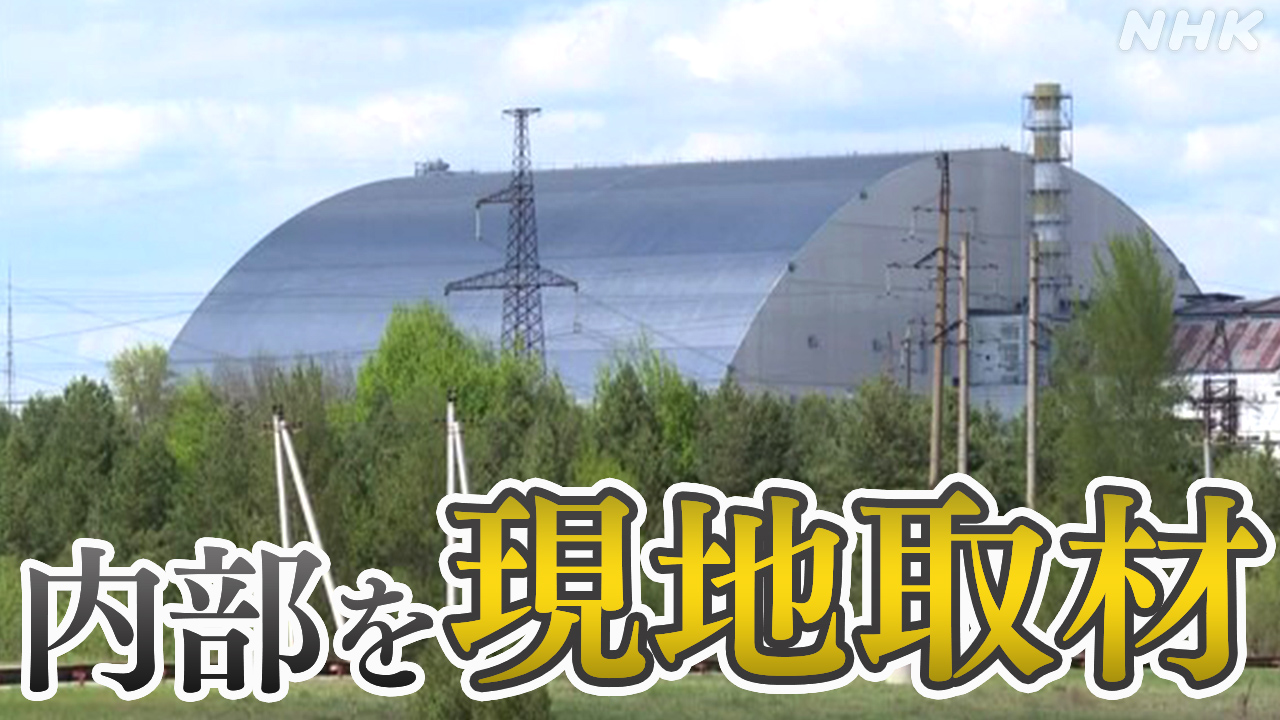Chernobyl: Evaluating the Extent of Damage to Shelter Caused by Russian Occupation
The ongoing war in Ukraine has cast a long shadow over the Chernobyl Exclusion Zone, raising serious concerns about the safety and security of the damaged nuclear reactor and its surrounding structures. The recent Russian occupation of the Chernobyl Nuclear Power Plant (CNPP) has added a new layer of complexity, prompting international alarm and a crucial need to assess the potential damage inflicted on the crucial sarcophagus, the New Safe Confinement (NSC), and other vital infrastructure. This article delves into the challenges of evaluating the damage, the ongoing monitoring efforts, and the potential long-term consequences.
The Challenges of Assessing Damage in a War Zone
Evaluating the damage to the Chernobyl shelter structures presents unique and significant obstacles. The active conflict severely restricts access to the site, hampering independent inspections and comprehensive assessments. Furthermore, the sheer scale of the Exclusion Zone and the potential presence of unexploded ordnance create significant safety hazards for any inspection teams.
Obstacles to Accurate Assessment:
- Limited Access: Active hostilities and security concerns severely limit access for international experts and independent verification teams.
- Information Gaps: The flow of information from the region remains inconsistent and often unreliable, making it difficult to obtain a clear picture of the damage.
- Security Risks: The presence of unexploded ordnance and potential security threats within the Exclusion Zone pose significant risks to inspection teams.
- Potential for Misinformation: The conflict environment makes it challenging to discern credible information from propaganda and misinformation.
Ongoing Monitoring and International Efforts
Despite the challenges, international organizations and Ukrainian authorities are actively working to monitor the situation and assess the extent of damage. Remote sensing technologies, such as satellite imagery, are being utilized to detect potential structural changes or signs of damage. However, these methods have limitations and cannot replace on-site inspections.
Methods Employed:
- Satellite Imagery: Provides a broad overview, detecting large-scale changes but lacking detailed information.
- Radiation Monitoring: International organizations are monitoring radiation levels to detect any anomalies that could indicate damage to containment structures.
- Data Analysis: Scientists are analyzing existing data and reports to try and piece together information regarding possible structural damage.
Potential Long-Term Consequences of Damage to the Chernobyl Shelter
Any damage to the Chernobyl shelter structures, particularly the NSC, carries potentially severe long-term consequences. Compromised containment could lead to the release of radioactive materials into the environment, posing significant health risks to both human populations and wildlife. The long-term environmental impact could be catastrophic, requiring extensive and costly remediation efforts.
Potential Impacts of Damage:
- Radioactive Release: Damage to the NSC or other containment structures could lead to the release of radioactive materials.
- Environmental Contamination: Contamination could spread beyond the Exclusion Zone, affecting wider ecosystems.
- Health Risks: Increased exposure to radiation poses significant health risks, potentially leading to long-term health problems.
- Economic Costs: Remediation and cleanup efforts would require substantial financial resources.
The Path Forward: Transparency and International Cooperation
The situation at Chernobyl underscores the critical need for transparency and international cooperation. Independent verification of the damage is essential for assessing the long-term risks and developing effective remediation strategies. International organizations must continue to pressure for unrestricted access to the site and support Ukrainian efforts to maintain the safety and security of the CNPP. The world needs a clear and accurate picture of the impact of the Russian occupation on Chernobyl to ensure appropriate response and mitigate future risks.
Call to Action: Stay informed about the situation in Chernobyl by following reputable news sources and supporting organizations working to monitor the situation and provide humanitarian aid to affected areas. Advocating for increased transparency and international cooperation is crucial in ensuring the long-term safety and security of the Chernobyl Exclusion Zone.
